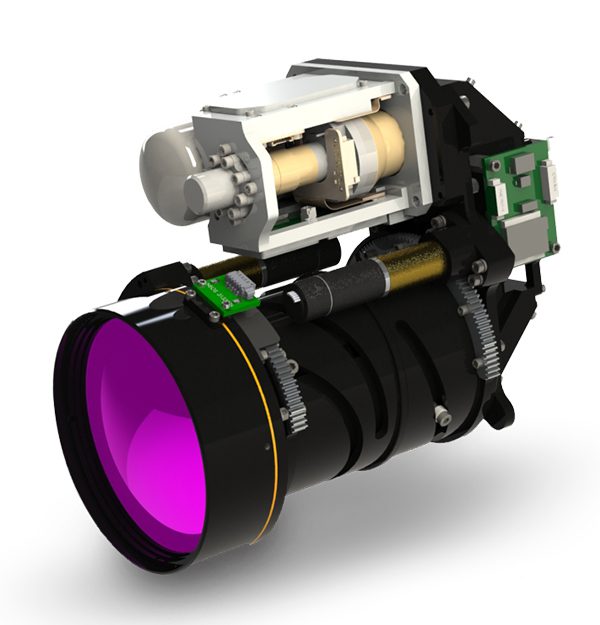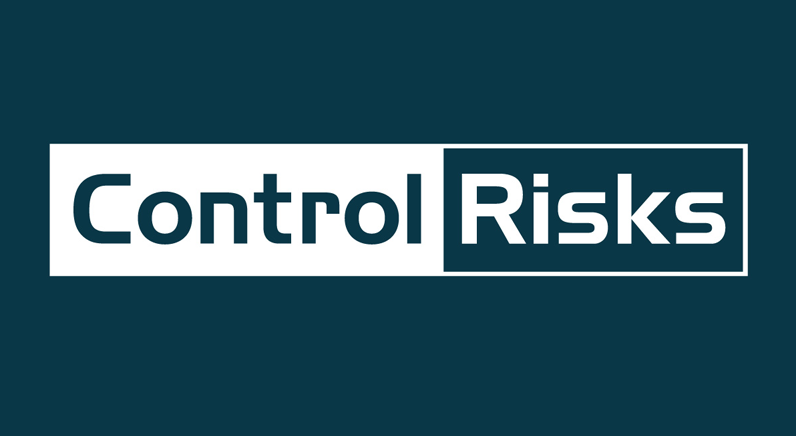
Genetec physical security report
Genetec, a technology provider of unified security, public safety, operations, and business intelligence solutions, shared

Genetec, a technology provider of unified security, public safety, operations, and business intelligence solutions, shared

Teledyne FLIR, part of Teledyne Technologies Incorporated, introduced the Neutrino SX8 mid-wavelength infrared camera module

How does working from home help you avoid cybercriminals and what measures should you take to halt them, Security Buyer asked Ilia Kolochenko, Founder & CEO of web security company ImmuniWeb to discusses the options.
UK businesses are at or near the top of the global table for reporting fraud,

Fighting insider fraud: minimising risk of call centre employees With so much sensitive payment information
Copyright notice This website and its content is copyright of Security Buyer – © Hand Media International LTD 2021. All rights reserved. Any redistribution or reproduction of part or all of the contents in any form is prohibited other than the following: you may print or download to a local hard disk extracts for your personal and non-commercial use only you may copy the content to individual third parties for their personal use, but only if you acknowledge the website as the source of the material You may not, except with our express written permission, distribute or commercially exploit the content. Nor may you transmit it or store it in any other website or other form of electronic retrieval system.